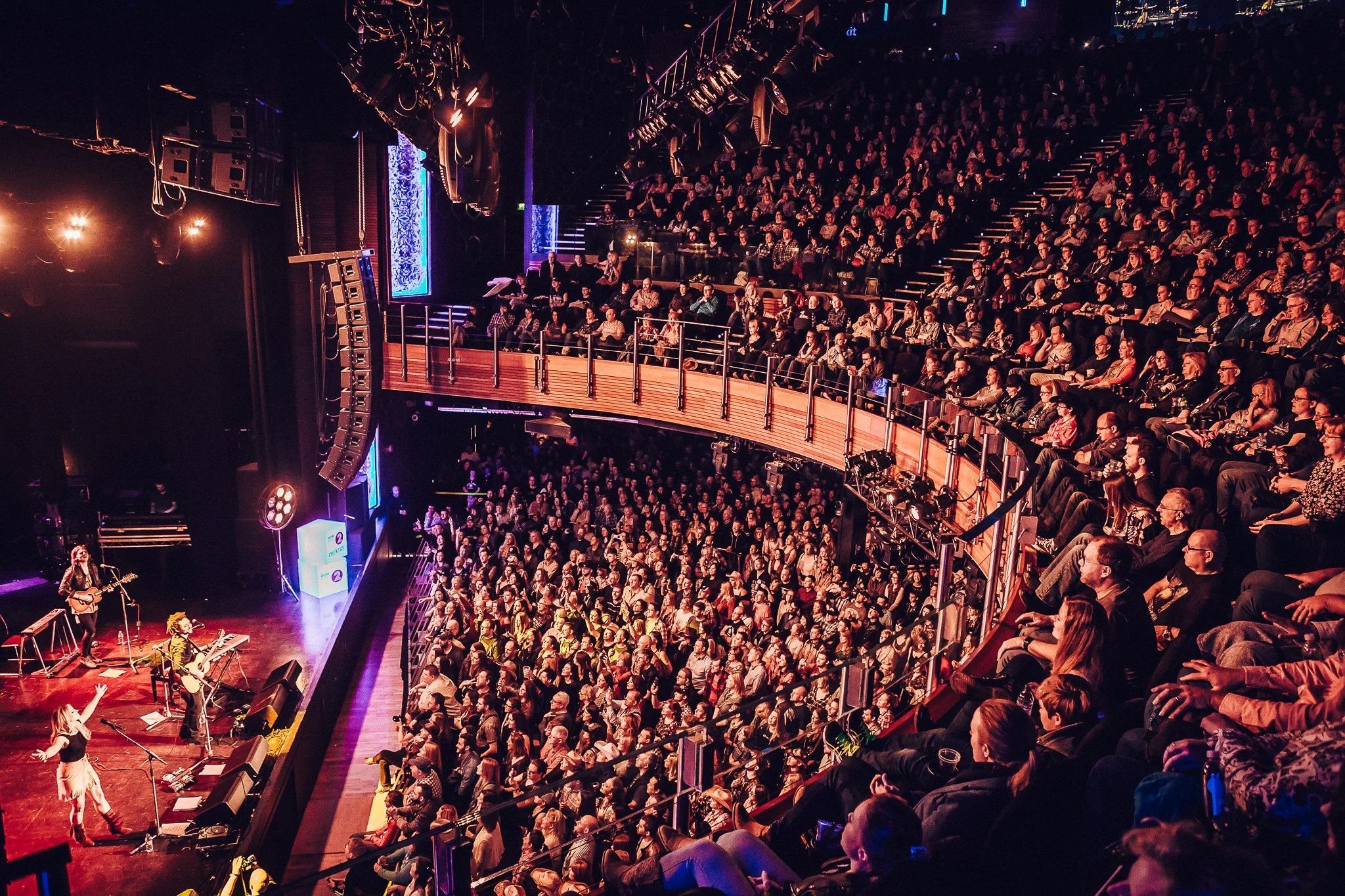
The metronic whir of bicycle spokes mingles with the distant toll of church bells as I approach the border along the Camino de Santiago. This ancient pilgrimage route is one of the few that has more pilgrims today than it did originally.
It’s walked by hundreds of thousands each year, but it has a new dimension when experienced from the saddle of a touring bicycle. Here, where the Pyrenees create a natural frontier between nations, and the divide isn’t just geographic but gastronomic.
The border crossing itself is deceptively mundane – a simple sign marking the transition from French Cize to Spanish Navarre. It’s also easy, as the route has been laid out by Santiago Ways. But for those traveling slowly enough to notice, the shift is stark. The architecture begins its gradual metamorphosis from neat French farmhouses with their slate roofs to the warmer, earthier tones of Spanish casas rurales. The air carries different scents, from the sharp mountain herbs of the Pyrenees to the wild rosemary and thyme on Spanish hills.
Where flavors meet history
This cultural border has created an interesting fusion, and it’s one of French technique meeting Spanish passion. In the small villages around this section of the Camino, local restaurants serve dishes that tell this story. The Basque region notoriously straddles both countries and it’s here you’ll find pintxos bars serving delicate French-inspired preparations alongside Spanish tortillas. Its sum is greater than its parts, and it has its own insular culture that has co-existed for centuries.
Cycling through Roncesvalles, which is the first major Spanish stop for many pilgrims, offers a great introduction to this blend. The monastery’s ancient kitchen still serves hearty meals to travelers, but the surrounding village has taken on more contemporary interpretations of pilgrim fare. Local eateries now offer cyclist-friendly portions of jamón ibérico paired with French cheeses, acting as a fuel gas stop for the challenging mountain roads ahead.
The beauty of experiencing this border region by bicycle is in this earned appetite, and guilt-free indulgence of knowing you’ll burn it off. The rewards of climbing through mountain passes aren’t just one of views, but a hearty and well-needed dish.
Regional kitchens
As wheels turn and kilometers start to add up, the cycling pilgrim becomes tuned into the rhythm of regional kitchens. Morning departures are fueled by café con leche and fresh pastries, while mid-day stops offer opportunities to sample local wines that change subtly with each valley. In fact, it’s worth playing a game of this, perhaps taking a notepad, to describe the differences – traveling via bicycle can cover ground quickly, and soils and taste profiles can be stark.
The Camino de Santiago has always been about more than reaching the cathedral in Santiago de Compostela. It’s about the people and culture along the way. When traveling by bicycle, there isn’t only an optimism that you can tackleanyof the routes and succeed, but that you will capture the changing landscape, food, and language as you cover distance more quickly. It’s a better reference point, and yet you’re travelling slow enough to really digest your surroundings.




